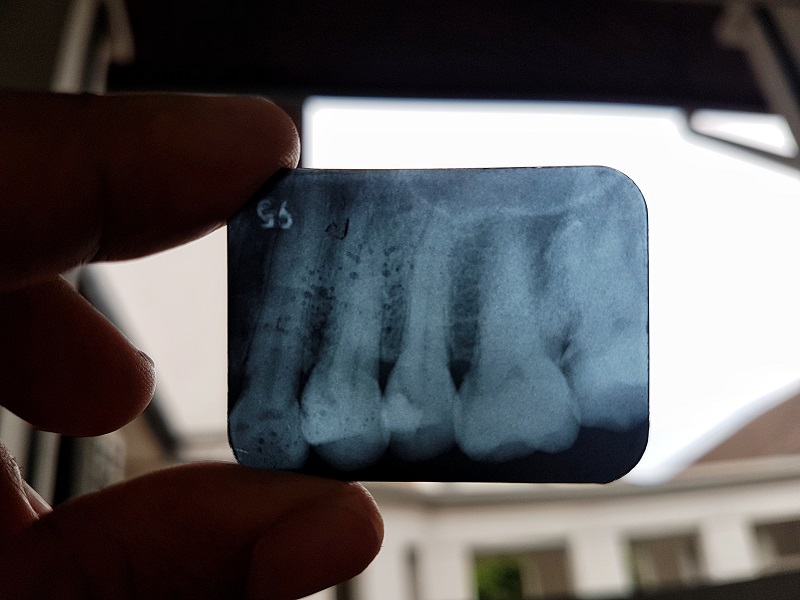
X-rays have been used by dentists and doctors for years. While technology continues to advance, this diagnostic method is still extremely valuable in situations that require a deeper understanding of an injury or disease.
The Physical Characteristics of X-Rays
One of the first things you will notice about X-rays is what you don’t see. They are invisible to the human eye. They have no mass and are electrically neutral, which means they cannot be accelerated by or change direction using an electrical field or magnet. They produce no smell or sound and will travel in a straight line. Other notable physical characteristics of X-rays include:
- They can cause substances to fluoresce
- They will travel at the speed of light when placed inside a vacuum
- They can generate secondary radiation
- They can cause biological and chemical damage to living tissue
- Diagnostic X-rays are comprised of photons that have different energies
Controlling Effects on X-Rays
Proper training is essential when taking X-rays. The radiographer can control settings, including voltage and current. There are a number of things to remember when taking X-rays:
- Body parts that are further away from the detector will be magnified compared to parts that are closer.
- If the beam source is too close to the patient, it will exaggerate the size of nearby structures.
- Density influences the contrast visible in an image. A denser structure will produce a greater contrast. For example, soft tissue may appear gray while bone is light gray and metal is white. Air and fat are shown in black.
Learn more about taking X-rays and improve your resume with a two-day State Approved Dental X-Ray Certification for the Dental Assistant course held in Southeast Michigan. Become an expert and help more patients find the right dental treatment through accurate diagnosis.
Contact Strategic Practice Solutions to learn more.
#StrategicPracticeSolutions #DentalXrayCertification
 Strategic Practice Solutions, LLC
Strategic Practice Solutions, LLC